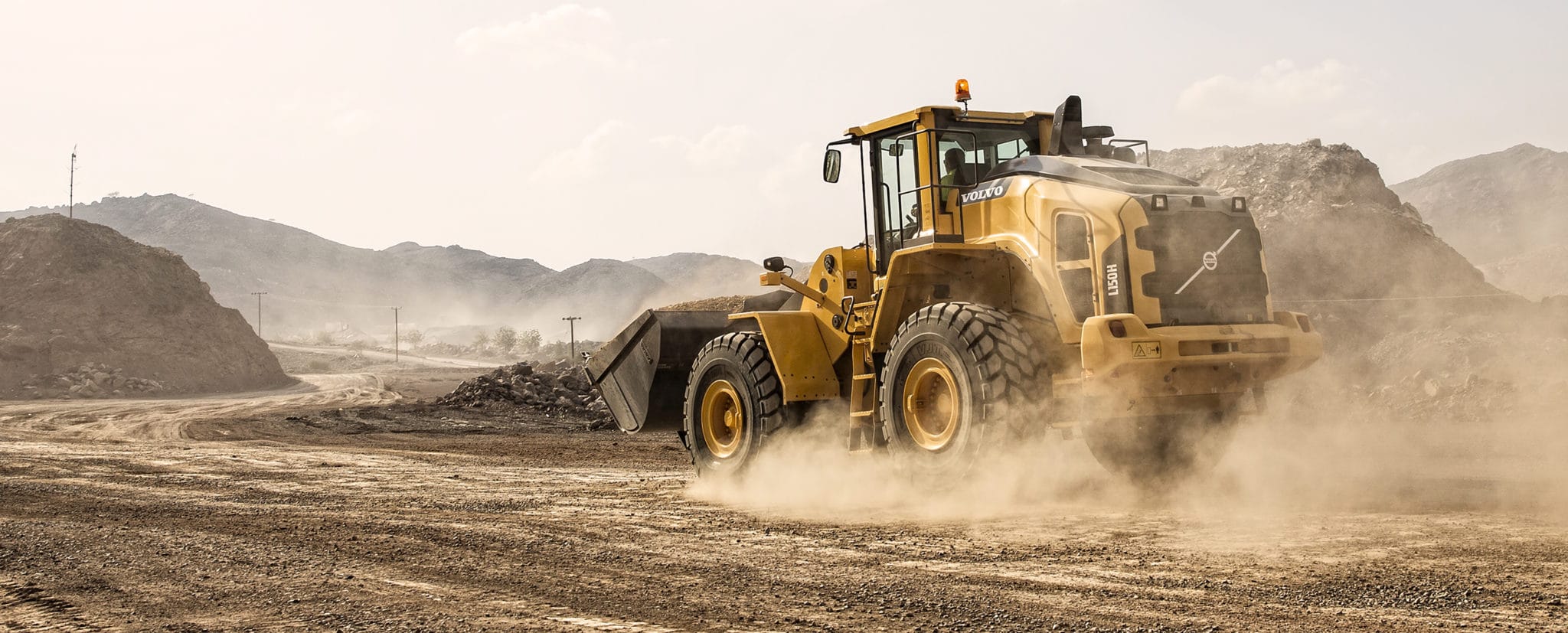Boom Lift Rental: Get To New Levels Safely
Boom Lift Rental: Get To New Levels Safely
Blog Article
Leasing Vs. Purchasing Building And Construction Tools: Making the Right Choice for Your Job
When starting a construction task, one of the important choices that project managers and stakeholders encounter is whether to lease or get construction equipment. Both alternatives have their downsides and advantages, making the choice a critical one in the project preparation procedure. The choice rests on numerous aspects such as price factors to consider, task duration, equipment maintenance, danger, scalability, and flexibility monitoring. Each component plays a vital duty in identifying the most ideal path for the job's tools demands. construction equipment rentals. Let's explore these variables additionally to understand just how they affect the decision-making process and eventually the success of the project.
Cost Factors To Consider
When assessing the economic aspect of buying versus leasing building devices, the in advance prices and long-term costs have to be thoroughly considered. Renting devices usually calls for lower first payments compared to buying, making it an eye-catching alternative for temporary jobs or contractors with budget restrictions. Renting gets rid of the requirement for big resources expenses and decreases the monetary threat associated with tools possession, such as upkeep and depreciation expenses. Nevertheless, in the future, continuously renting out tools can gather greater prices than buying, particularly for extensive tasks.
On the various other hand, getting building and construction devices entails greater in advance prices but can result in long-lasting financial savings, particularly for long-term jobs or regular customers. Inevitably, the decision between renting and buying building equipment hinges on the task's duration, frequency of use, spending plan considerations, and long-term financial goals.
Job Duration

Alternatively, for lasting tasks or recurring building and construction job, buying equipment might be the extra cost-effective choice. Getting tools can lead to cost savings over time, specifically if the tools will certainly be regularly utilized. Moreover, possessing tools gives a sense of control over its accessibility and enables for personalization to fit details job needs.

Devices Maintenance
Given the essential duty task period plays in figuring out the most cost-efficient technique between getting and renting construction tools, the focus now shifts in the direction of examining the essential facet of devices upkeep. Appropriate upkeep is vital for making certain the ideal performance and long life of construction tools. Renting out equipment usually includes the benefit of having actually well-maintained equipment given by the rental company. This can reduce the burden of upkeep tasks from the project owner or specialist, saving time and effort. On the other hand, owning devices needs a proactive technique to upkeep to stop break downs, make certain safety and security, and extend the devices's life expectancy. Normal inspections, servicing, and prompt repairs are required to keep owned devices in leading functioning condition. Consider maintenance expenses heavy duty box blade when choosing between leasing and buying, as neglecting maintenance can lead to expensive repair services, downtime, and job delays. Ultimately, a properly maintained building and construction devices fleet, whether rented out or owned, is vital for the effective and Read Full Article effective completion of building tasks.
Versatility and Scalability
In the world of construction equipment administration, the facet of adaptability and scalability holds considerable significance for task efficiency and source usage. Deciding to lease construction equipment supplies a high degree of versatility as it enables the fast change of devices types and amounts based on the progressing requirements of a task. Renting out enables contractors to access a wide variety of customized equipment that may be needed for particular jobs without the lasting dedication of possession. This versatility is especially beneficial for jobs with differing requirements or unpredictable durations (construction equipment rentals).
Moreover, scalability, another vital aspect, is inherently connected to adaptability. Leasing building and construction equipment uses the benefit of conveniently scaling operations up or down as project needs fluctuate. Professionals can quickly include or trade tools to match the project's transforming requirements without the restrictions of having possessions that might see this website come to be underutilized or out-of-date. This ability to scale resources efficiently can result in cost savings and improved task timelines, making renting out a positive choice for projects needing adaptability and responsive resource allocation.
Danger Management
Effective danger monitoring in building and construction tools procedures is critical to making sure job success and mitigating possible economic losses. Construction projects naturally include different threats, such as tools break downs, mishaps, and project hold-ups, which can significantly affect the task timeline and spending plan. By meticulously taking into consideration the dangers related to owning or renting building devices, project supervisors can make informed decisions to minimize these possible risks.
Renting building tools can provide a degree of risk mitigation by moving the duty of repair and maintenance to the rental business. This can reduce the economic worry on the job owner in case of unanticipated devices failings (boom lift rental). In addition, leasing offers the adaptability to access specialized devices for particular job stages, decreasing the risk of having underutilized machinery
On the other hand, owning building and construction equipment provides a feeling of control over its usage and upkeep. However, this additionally indicates birthing the complete obligation for fixings, upkeep prices, and depreciation, enhancing the monetary dangers related to equipment ownership. Careful risk assessment and consideration of aspects such as task duration, devices use, and upkeep requirements are crucial in establishing one of the most suitable option for effective danger monitoring in building and construction tasks.
Verdict
To conclude, when determining between acquiring and renting construction equipment, it is very important to take into consideration expense, job period, devices upkeep, threat, scalability, and versatility management. Each variable plays an important function in figuring out one of the most suitable choice for the job at hand. By very carefully evaluating these elements, project supervisors can make an educated choice that aligns with their spending plan, timeline, and overall job goals.

Report this page